In today's fast-paced world, where fitness enthusiasts push their limits in gyms, on trails, or during marathons, and even everyday folks juggle demanding schedules, one health issue often flies under the radar: electrolyte imbalance.
Electrolytes are essential minerals in your body that carry an electric charge, playing a crucial role in regulating everything from nerve function and muscle contractions to hydration and pH balance. When these minerals—such as sodium, potassium, calcium, magnesium, chloride, phosphate, and bicarbonate—get out of whack, it can lead to a cascade of problems, from mild fatigue to life-threatening conditions like seizures or cardiac arrest.
According to medical experts, electrolyte imbalances affect millions, particularly those with chronic illnesses, athletes, or people on certain medications. A systematic review in Ethiopia highlighted that electrolyte disorders are significant in patients with chronic diseases, with pooled prevalence rates underscoring the need for awareness.
This blog dives deep into what causes electrolyte imbalance, its symptoms, how to address it mineral by mineral, the role of water, and practical solutions, including supplements like Xendurance Hydro and Extreme Endurance. By the end, you'll have a comprehensive guide to maintaining balance for optimal health and performance.
Causes of Electrolyte Imbalance
Electrolyte imbalances don't happen in a vacuum; they're often triggered by lifestyle, environmental, or medical factors. Common causes include excessive sweating from intense exercise or hot weather, which depletes sodium and potassium. Dehydration from insufficient fluid intake, vomiting, diarrhea, or conditions like kidney disease can also disrupt levels. Medications such as diuretics, laxatives, or chemotherapy drugs are culprits too, as they promote fluid loss or alter mineral absorption.
Diet plays a big role—low-sodium diets might lead to hyponatremia (low sodium), while excessive processed foods can cause hypernatremia (high sodium). Hormonal issues, like adrenal gland disorders, or metabolic conditions such as diabetes can shift electrolytes abnormally.
In athletes, overtraining without proper recovery exacerbates this, as does alcohol consumption, which acts as a diuretic. A study on fluid and electrolyte balance notes that imbalances are particularly prevalent in heat stress scenarios during exercise, where sweat loss isn't adequately replaced. Understanding these triggers is the first step to prevention.
Symptoms of Electrolyte Imbalance
Symptoms can be subtle or severe, varying by the electrolyte affected and the imbalance's extent. General signs include fatigue, headaches, nausea, and muscle weakness or cramps. More serious manifestations might involve irregular heartbeat, confusion, dizziness, or even coma in extreme cases. For instance, low potassium (hypokalemia) often presents with muscle twitching and arrhythmias, while high calcium (hypercalcemia) can cause bone pain and kidney stones.
In clinical settings, patients admitted to hospitals frequently report dyspnea, fever, and systemic deterioration linked to imbalances. Athletes might notice reduced performance, cramps during workouts, or prolonged recovery times. If you're experiencing persistent thirst, swelling, or numbness, it's wise to get a blood test, as these could signal an underlying imbalance. Early recognition prevents escalation to emergencies like cardiac issues.
Key Minerals and How to Address Imbalances
To solve electrolyte imbalance, we focus on replenishing specific minerals. Let's break down each major one, their roles, symptoms of imbalance, and fixes.
Sodium: The primary electrolyte in extracellular fluid, sodium regulates blood pressure, nerve impulses, and fluid balance. Imbalance often manifests as hyponatremia (low: confusion, seizures) or hypernatremia (high: thirst, lethargy). Causes include overhydration or kidney issues. To fix, consume salty foods like pretzels or broth for low levels; for high, increase water intake under medical supervision. Supplements with balanced sodium can help athletes.
Potassium: Vital for heart rhythm, muscle function, and nerve signaling, potassium is mostly intracellular. Hypokalemia (low) causes weakness, cramps, and arrhythmias; hyperkalemia (high) leads to palpitations and numbness. Diuretics or poor diet are common causes. Fix with potassium-rich foods like bananas, spinach, or avocados. IV replacement may be needed in severe cases, but oral supplements work for mild imbalances.
Calcium: Essential for bone health, muscle contractions, and blood clotting. Hypocalcemia (low) results in tingling, spasms, and osteoporosis risk; hypercalcemia causes fatigue and kidney stones. Vitamin D deficiency or parathyroid issues contribute. Dairy, leafy greens, and fortified foods help restore levels; supplements like calcium citrate are effective, but pair with vitamin D for absorption.
Magnesium: Involved in over 300 enzymatic reactions, including energy production and muscle relaxation. Low levels (hypomagnesemia) cause tremors, fatigue, and irregular heartbeat; high is rare but can lead to nausea. Alcoholism or malabsorption syndromes are causes. Nuts, seeds, and whole grains are dietary fixes; magnesium oxide supplements aid quick recovery.
Chloride: Works with sodium to maintain acid-base balance and fluid levels. Imbalances mirror sodium's, with low causing alkalosis (muscle twitching) and high acidosis (deep breathing). Vomiting or cystic fibrosis can trigger it. Salty foods or electrolyte drinks correct it efficiently.
Phosphate: Key for energy (ATP), bone formation, and cell membranes. Hypophosphatemia (low) leads to weakness and bone pain; hyperphosphatemia to itching and calcification. Kidney disease is a major cause. Dairy, meat, and nuts replenish it; phosphate binders treat highs.
Bicarbonate: Regulates blood pH as a buffer. Low levels cause acidosis (rapid breathing, confusion); high alkalosis (twitching, nausea). Respiratory issues or diarrhea are culprits. Baking soda, Calcium Bicarbonate or medical interventions fix it, alongside addressing underlying causes.
For all, blood tests guide treatment, and gradual correction prevents complications like refeeding syndrome.
Can Water Help Solve Electrolyte Imbalance?
Water is fundamental to hydration, but it's not a panacea for electrolyte issues—in fact, drinking too much plain water can exacerbate imbalances, particularly hyponatremia, by diluting sodium levels. During endurance activities, sweat loss means you need electrolyte-infused water to replenish minerals, not just H2O. Studies on exercise in heat stress show that fluid replacement without electrolytes fails to maintain performance or prevent cramps. However, adequate water intake (about 8-10 glasses daily) supports overall balance when combined with a mineral-rich diet. For mild dehydration, water helps, but for true imbalance, it's best paired with electrolytes.
How to Fix Electrolyte Imbalance
Fixing involves identifying the cause via blood work, then targeting replenishment. Mild cases respond to dietary changes: eat electrolyte-packed foods like fruits, veggies, nuts, and dairy. For athletes or severe cases, oral rehydration solutions or IV therapy are standard. Lifestyle tweaks include moderating exercise in heat, avoiding excessive alcohol, and monitoring medications.
Supplements play a key role, especially for active individuals. A study on electrolyte supplements noted they can delay fatigue and improve exercise capacity by maintaining body water homeostasis. Always consult a doctor before starting supplements to avoid overcorrection.
Tying in Xendurance Hydro: A Targeted Electrolyte Solution
For those seeking a convenient fix, Xendurance Hydro stands out as a premium electrolyte supplement designed for rapid hydration and performance. Available in stick packs, it features a blend of essential electrolytes like sodium, potassium, magnesium, and calcium, plus Altamine (a dipeptide for better absorption) and lactate for energy. With just 1 gram of sugar, it's low-carb friendly, combating cramps, dehydration, and fatigue effectively. Athletes report boosted endurance and quicker recovery, as it replenishes what sweat depletes. Mix it with water during workouts to address imbalances on the go—ideal for runners or cyclists. Research supports such supplements in preventing exercise-associated issues, though one Stanford study cautions they're not a cure-all for illness. Xendurance Hydro ties perfectly into fixing mineral deficits, offering a science-backed way to maintain balance.
Minerals in Extreme Endurance and How a Non-Electrolyte Supplement Helps
While Xendurance Hydro focuses on electrolytes, Extreme Endurance is a non-electrolyte supplement that indirectly supports balance by targeting lactic acid buildup and pH regulation. It contains minerals like magnesium (for muscle function), calcium (as a buffer), and others such as selenium and potassium in trace forms, but its core is a proprietary blend with papain, catechins, and black pepper extract to reduce acidity. Clinically proven to lower lactic acid by 26% and boost aerobic threshold, it enhances stamina without direct electrolyte replacement.
How does a non-electrolyte like this help imbalance? During intense exercise, lactic acid accumulation can disrupt pH, indirectly affecting electrolyte function—magnesium and calcium shifts occur in acidic environments. By buffering acid, Extreme Endurance helps maintain mineral stability, speeding recovery and reducing soreness. Users note improved tolerance to workouts, complementing electrolyte strategies. A review on endurance nutrition echoes that such buffers improve performance metrics. Pair it with Hydro for comprehensive support.
From Imbalance to Equilibrium: Empowering Your Body's Mineral Mastery
Electrolyte imbalance is a sneaky disruptor, but with knowledge of causes, symptoms, and mineral-specific fixes, you can stay ahead. Water aids but isn't sufficient alone; diet and supplements like Xendurance Hydro provide direct replenishment, while non-electrolyte options like Extreme Endurance enhance overall resilience. Prioritize balance for peak health—your body will thank you.


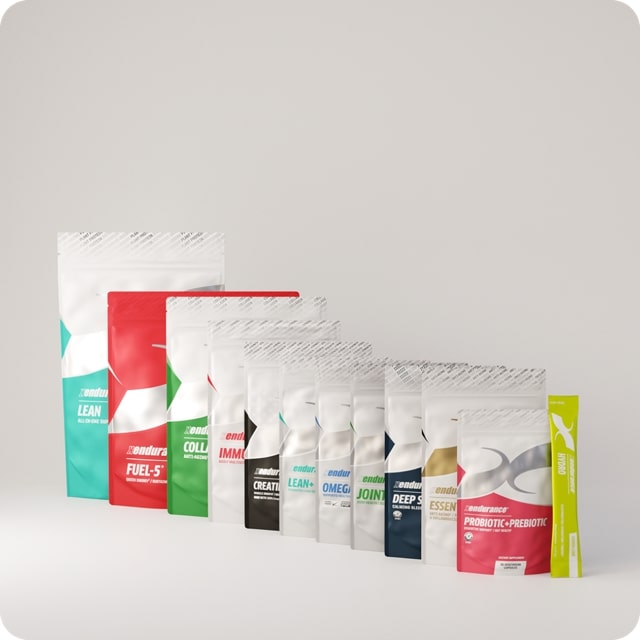
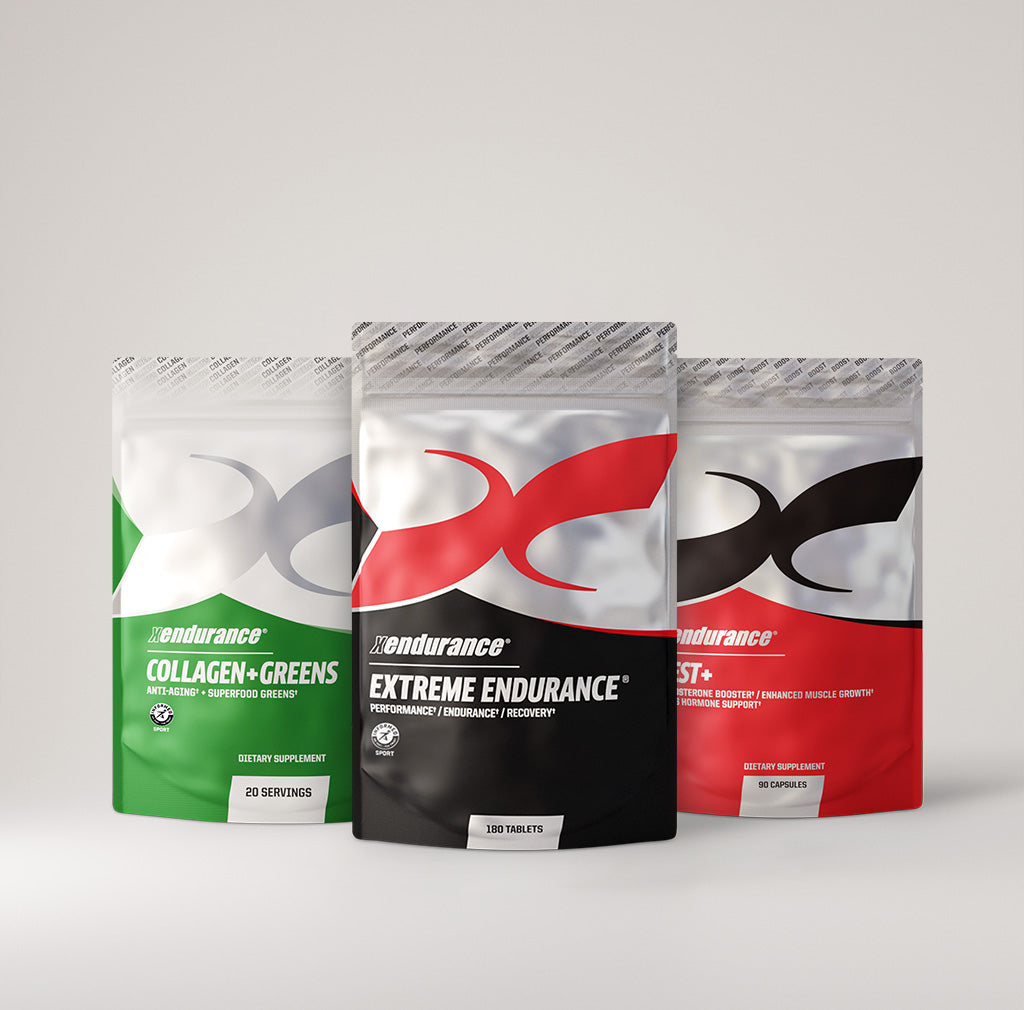
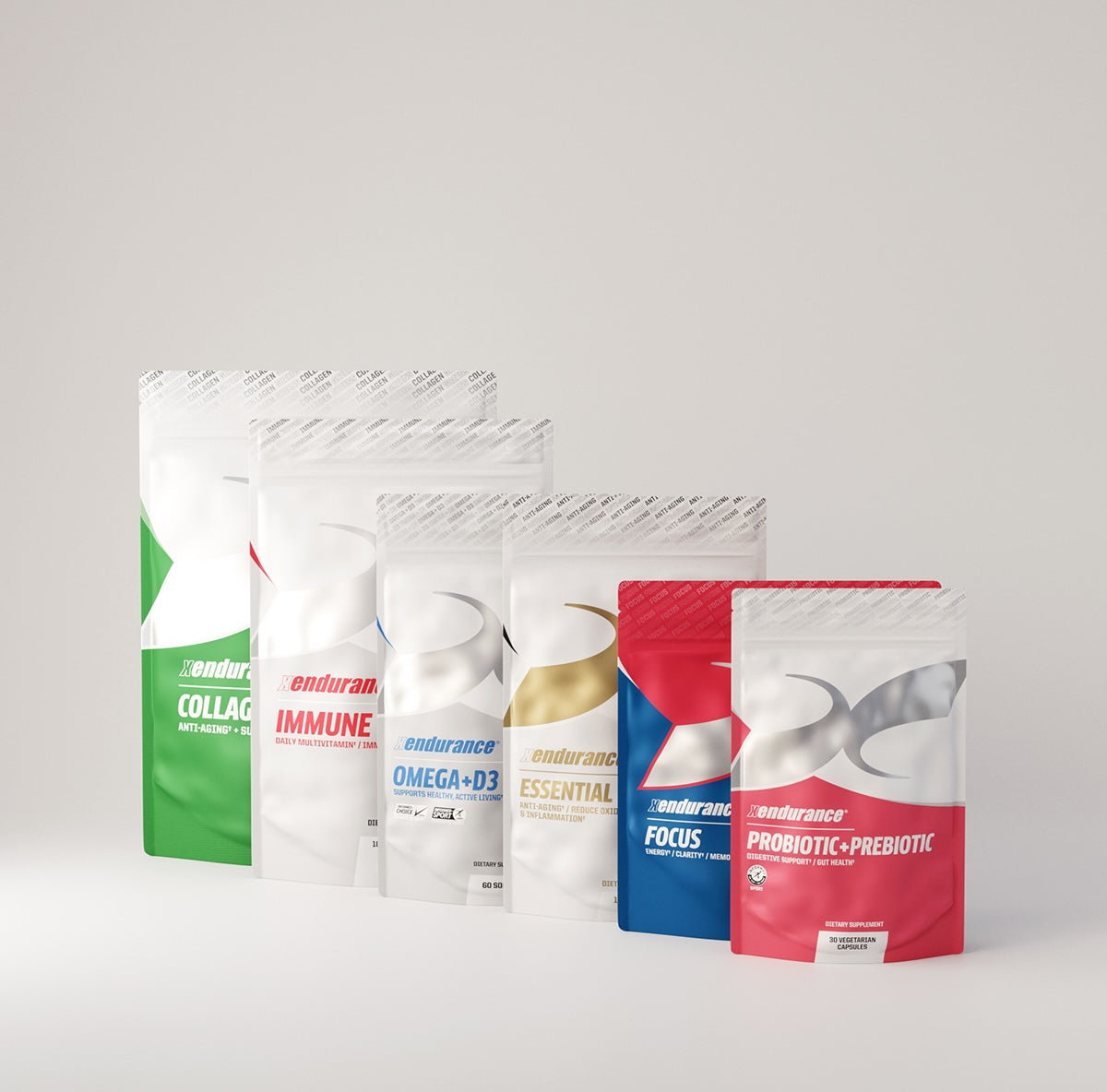
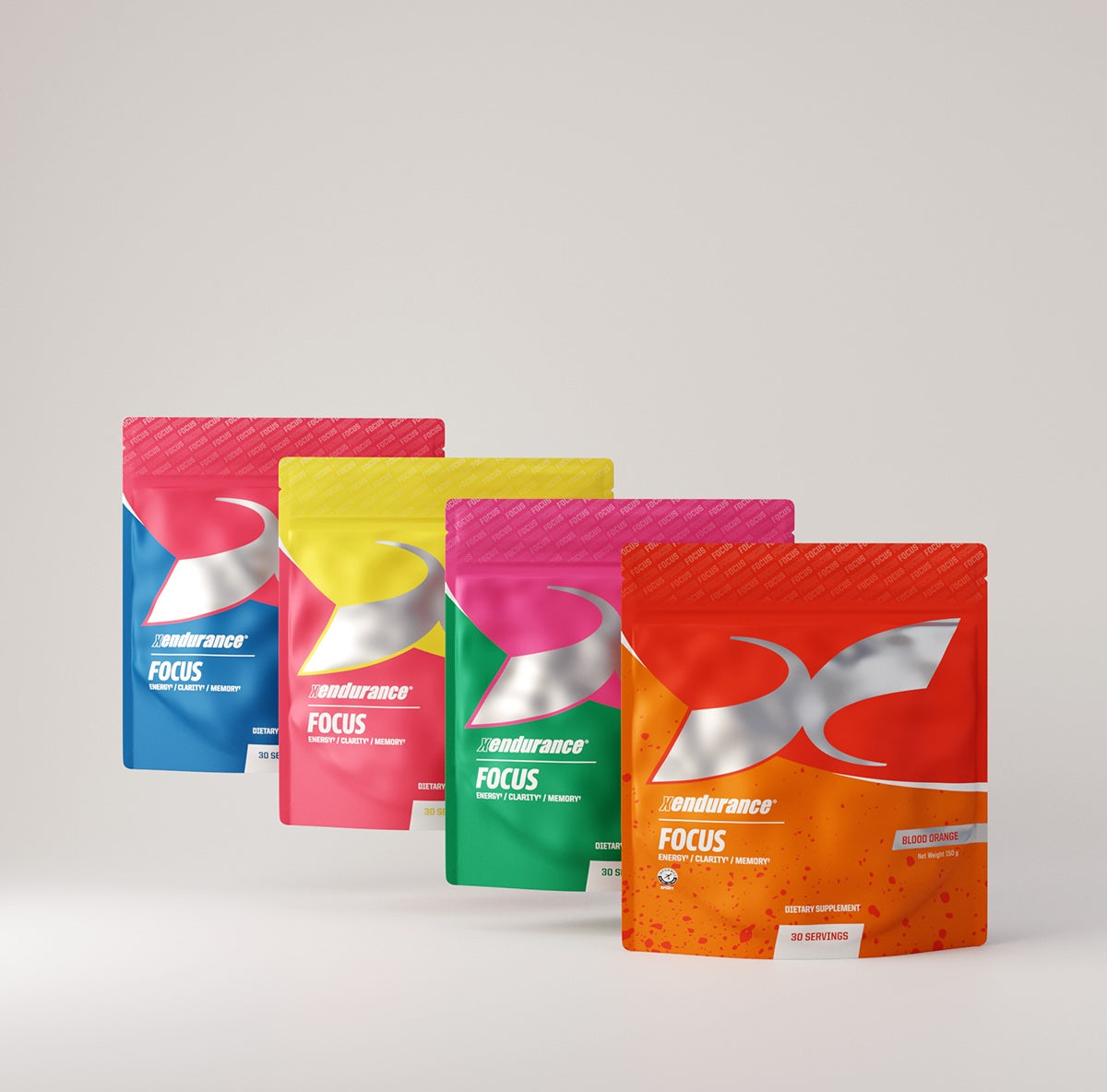
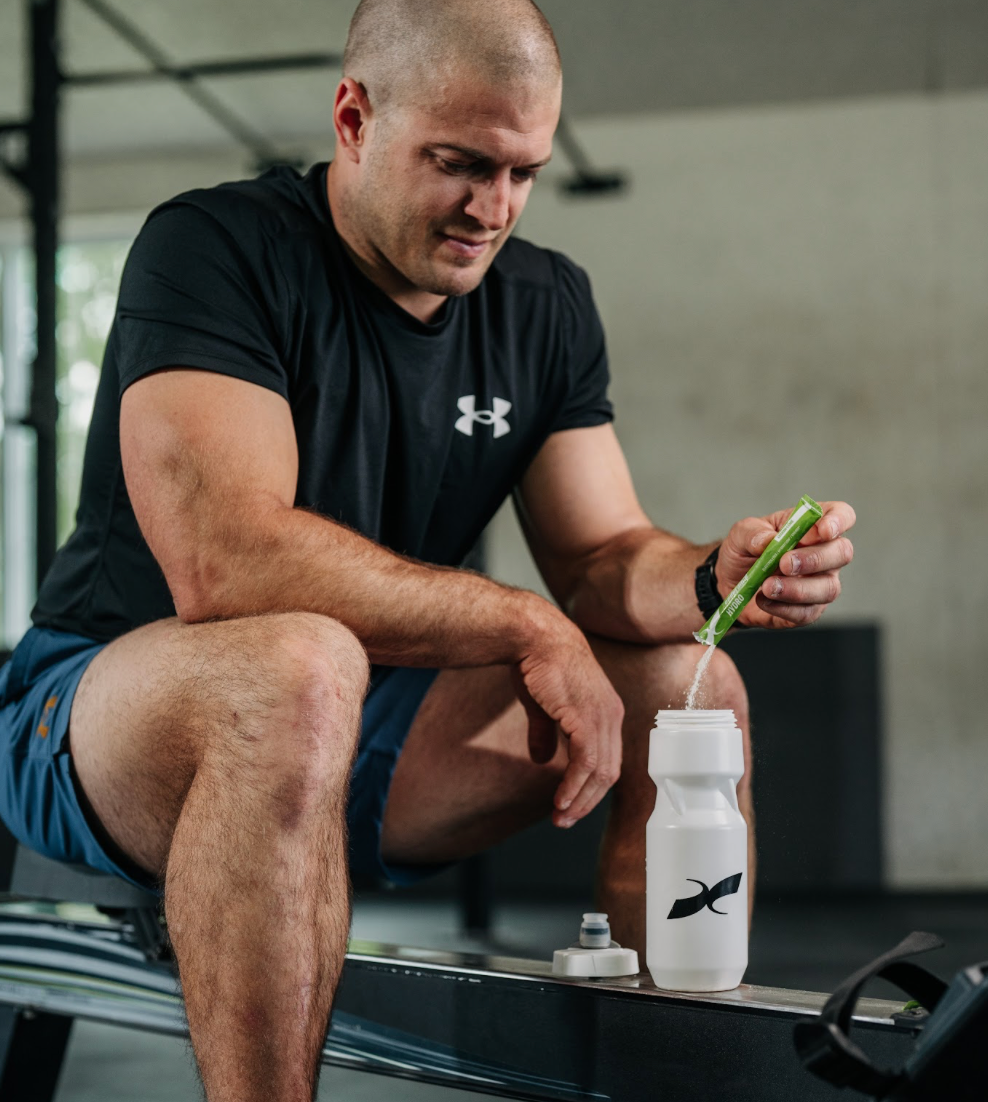
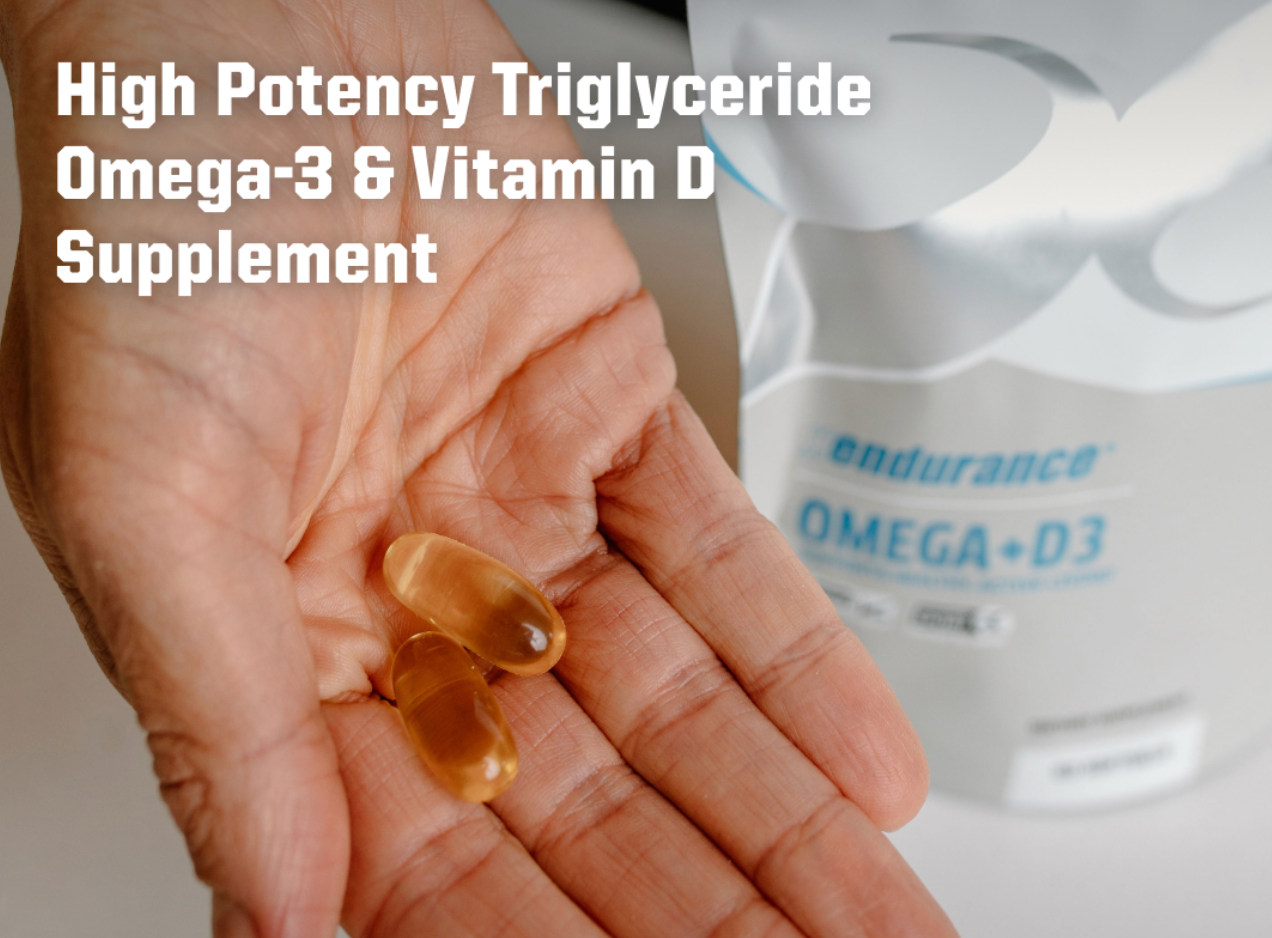
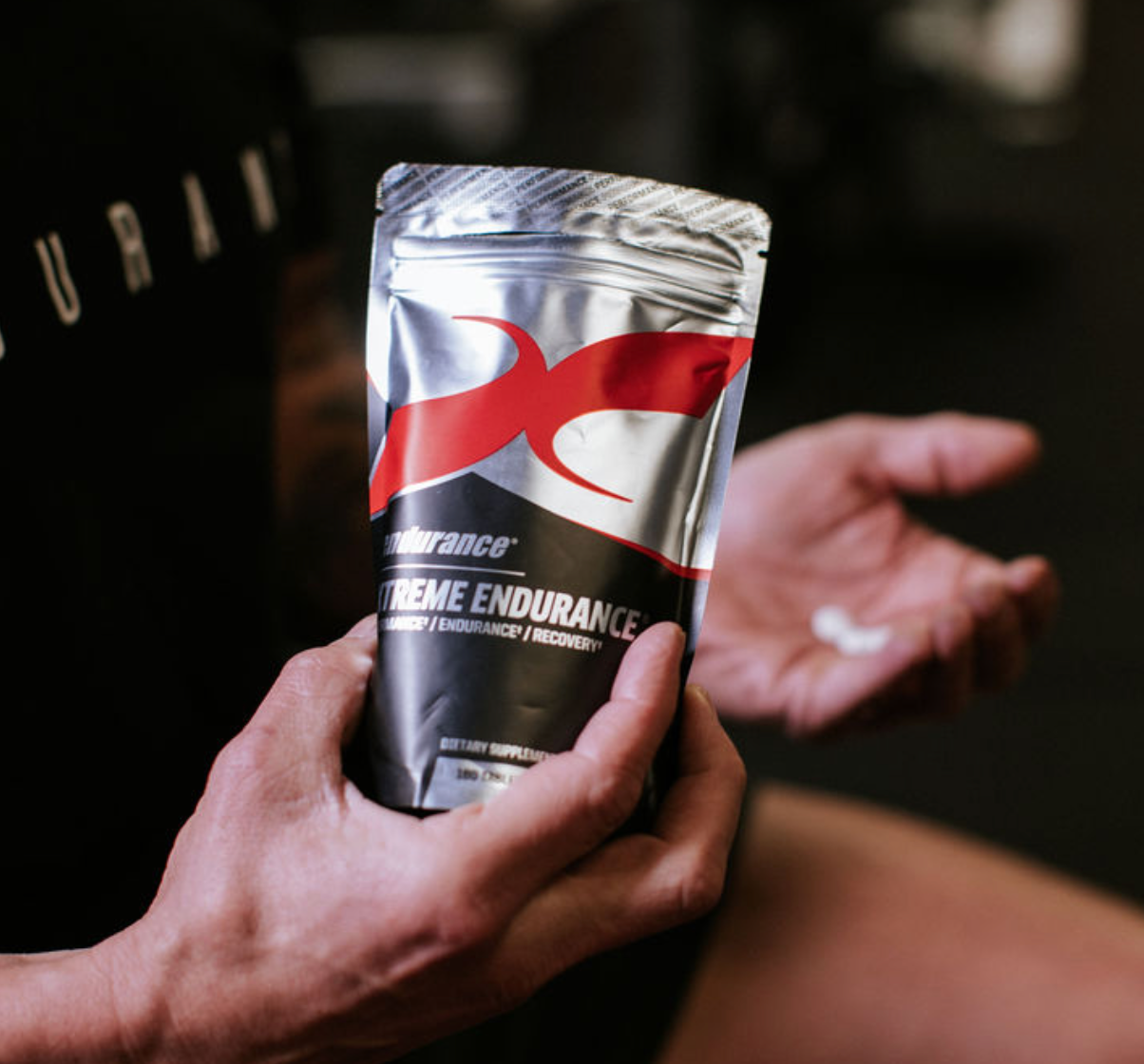
Leave a comment
This site is protected by hCaptcha and the hCaptcha Privacy Policy and Terms of Service apply.